Automobiles are a prime example of industrial innovation. Everything from the process used to manufacture vehicles to how they have evolved is a showcase for intelligent, forward-thinking technological development. They are symbols of progress and the beauty of technology and classic cars can sell for millions. However, there are exceptions. Below is a list of cars that the automobile industry would undoubtedly like to forget.
16. 1975 Trabant
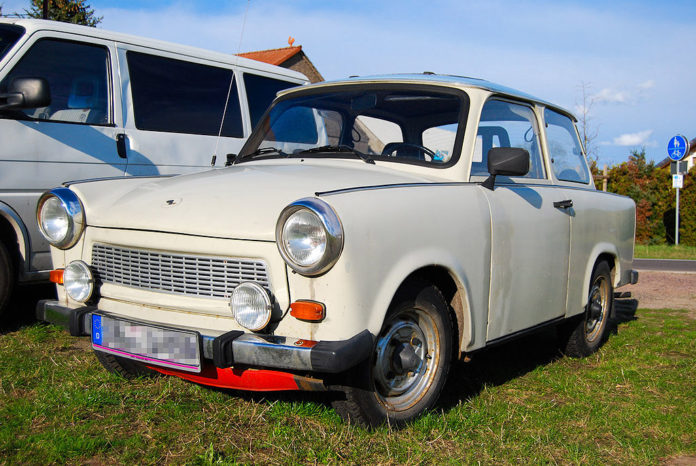
This monstrosity was created before the Berlin Wall came down. Produced as the East Germans’ response to the West Germans’ Volkswagen Beetle, the design and manufacture of this car did nothing to boost the West’s perception of the East. Body panels fell off when it was running at high speeds, although the 18 hp motor meant that high speeds were a rarity. Also, the two-stroke motor consumed a colossal amount of oil, and the turning signals and brake lights weren’t bad, they weren’t included in the design at all. Who thought this would be good for East German industries?
15. 2010 Veritas RS III
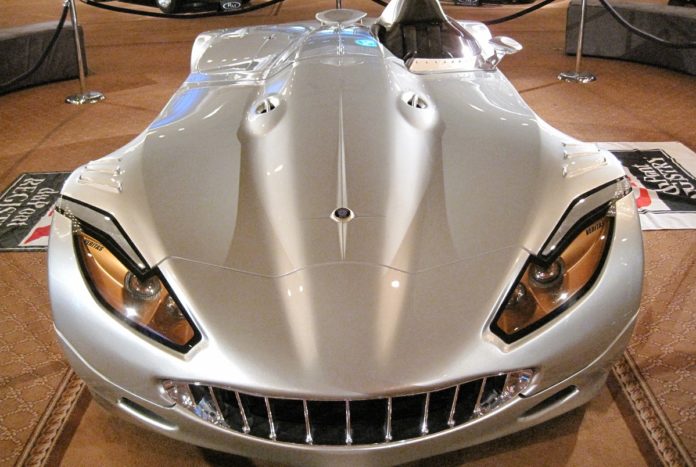
After a six-decade absence from the automobile industry, Vermot AG decided to make a comeback, but it really should have stayed away. The vehicle they launched to herald their return to car-making was, put simply, hideously ugly and looked more like a grinning demon than a car. Nonetheless, no one can deny that Vermot AG succeeded in making something truly unique. At what cost, though?
14. 1961 Amphicar
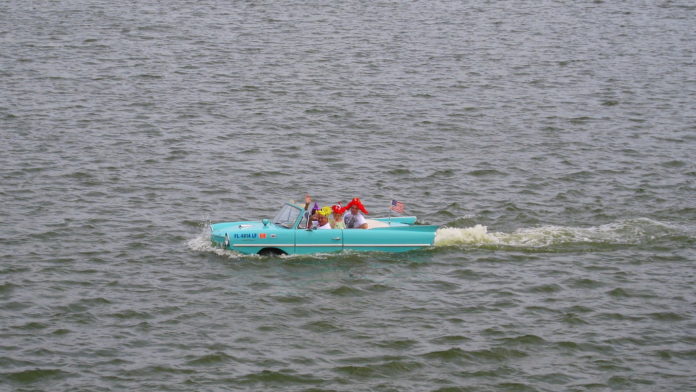
What is an Amphicar? A boat-car hybrid, of course. However, the 1961 Amphicar was dazzlingly slow when driven on water, managing only a maximum of seven miles an hour. Commentators noted that they could swim more quickly than an Amphicar and they looked better in the water. The amphibious car can look amazing when, for example, driven by James Bond in The Spy Who Loved Me, but Bond wasn’t driving the 1961 Amphicar. He had a Lotus Esprit. Also, what kind of insurance do you need when you drive this vehicle? Car insurance? Boat insurance? We’re confused.
13. 1970 Ford Pinto
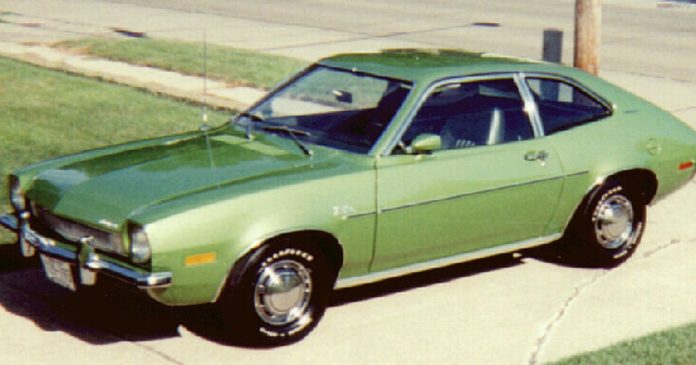
Safety is a key concern of all automobile manufacturers. At least, it should be. The designers of the Ford Pinto certainly didn’t have safety at the forefront of their mind when they put pen to paper. When impacted in the rear, the Pinto’s fuel filler tended to detach from its fittings, puncture the car’s fuel tank, and cause the car to explode in a fireball. Allegedly, the Ford Motor Company calculated that fixing the issue would be more expensive than the resulting litigation costs, so it did nothing. So much for safety concerns…
12. 1972 Brubaker Box
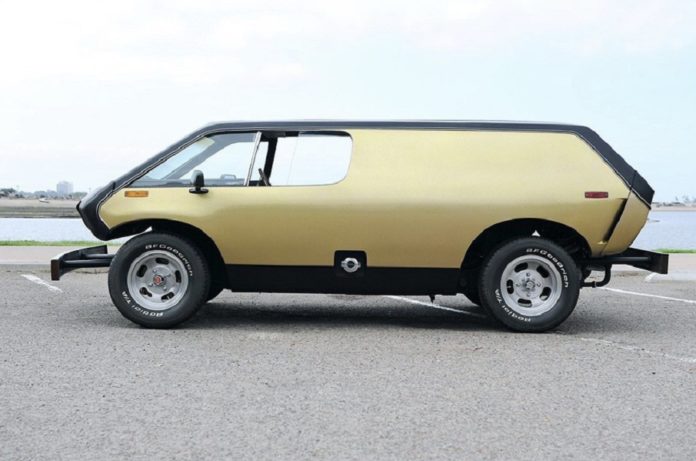
The chassis of the Brubaker Box was a that of a Volkswagen Type I. So far, so good. Unfortunately, the makers then gave the car the awful name the ‘Brubaker Box’ and made the thing look just as dismal as it sounded. An incredibly ugly box set atop wheels that looked far too small for the car’s tank-like body, thankfully, very few of these cars were made.
11. 1957 Aurora
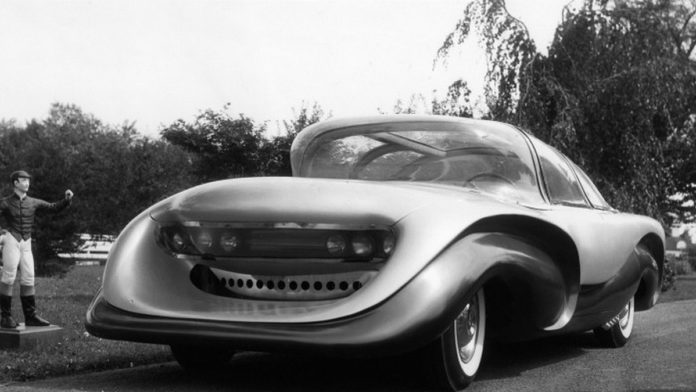
This car sprung out of a priest’s laudable ambition to improve road safety. In 1957, a conscientious priest decided that he was personally going to deal with the atrocious toll road incidents were taking on people’s lives, and the Aurora was born. However, we’re not sure how safe this car truly was. It was so unattractive, no one would drive it. Are you surprised to learn only one exists in the world? No one was interested in investing in the car.
10. 1981 DeLorean DMC-12
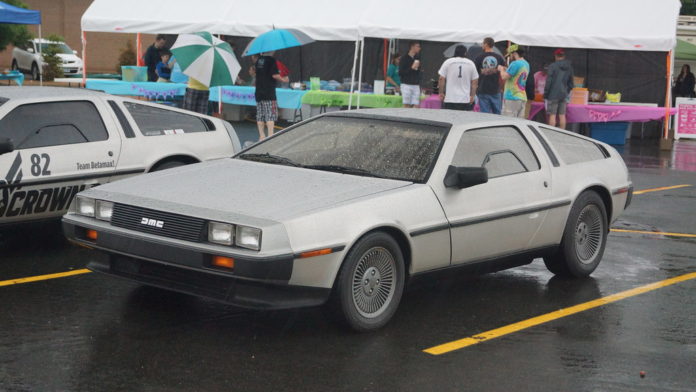
Back to the Future made the DeLorean famous but nothing could make it good. It looked a bit like a spaceship so it was perfect for a sci-fi movie but the everyday driver of the DeLorean was quick to discover that the car’s frequent electrical faults could leave them imprisoned in the vehicle. John Z, the car’s creator, had designed the Pontiac GTO but definitely took a backward step with the DeLorean. As well as the electrical faults, it allowed water in when it rained and would only reach 88 miles an hour after around twenty minutes.
9. 1957 King Midget Model III
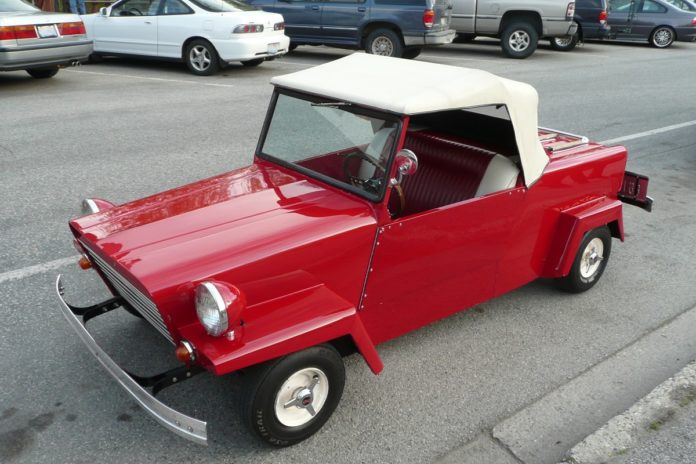
The King Midget was supposed to be an affordable substitute for the luxury cars popular in London at the time. The car was even available as a kit car that you can build at home yourself. However, the car’s DIY credentials didn’t impress many, including the authorities and in the 1970s, the King Midget was banned from the UK’s highways.
8. 1997 EV-1
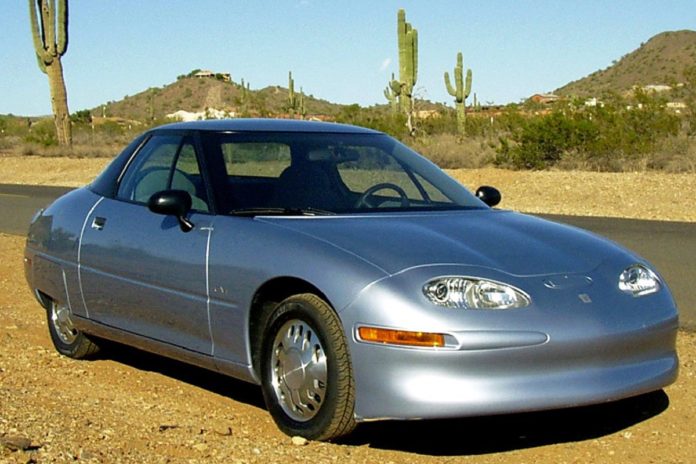
A slightly more modern addition to our list, the EV-1 was among the first electric cars to hit the market. This zero-emissions, two-door car was intended to disrupt the market and make driving less damaging to the environment. Investors were excited about it but were soon disappointed. It delivered a poor driving experience, was, in many cities, only available on lease, and did not survive long. Environmentally-aware drivers initially flocked to the car but General Motors ultimately determined that its long-term sales prospects were poor and didn’t justify further investment.
7. 1973 Reliant Robin
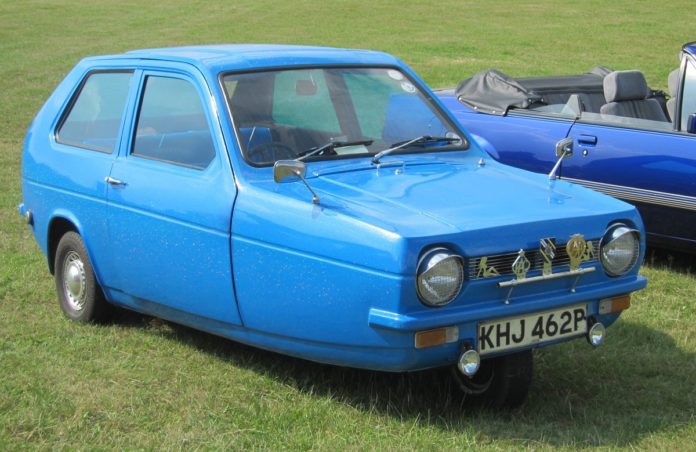
Part car, part motorcycle, part boat and all bad, the Reliant Robin is made of fiberglass and is famous worldwide for being one of the most unattractive cars ever made. Launched as a replacement for the Reliant Regal, it still has a cult following.
6. 1949 Crosley Hotshot
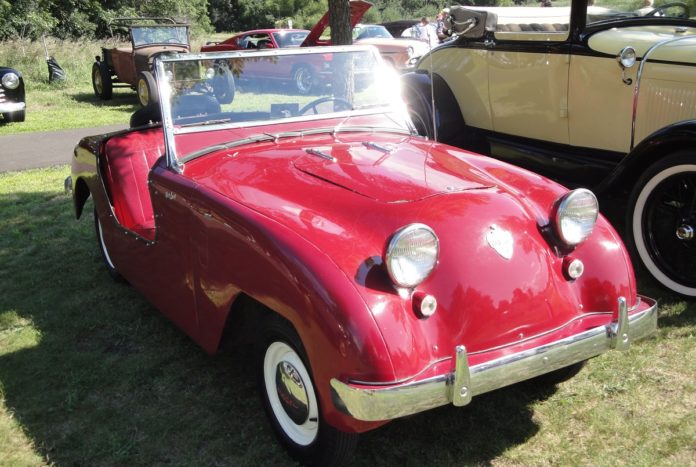
This car managed to be both slow and dangerous and was a regular star of the featurette Mechanized Death that was routinely shown to new drivers in an effort to frighten them into being safe drivers. In addition to learning about the importance of driving safely, these new drivers undoubtedly also learned to steer clear of Crosley Hotshots.
5. 1972, Stutz Blackhawk
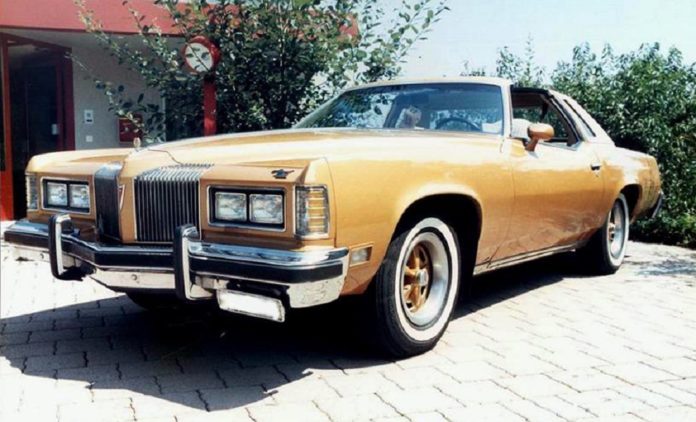
Exactly how this car was ever manufactured remains a mystery. It was close to 19 feet, or 6 meters, in length and was extraordinarily expensive. However, while that may sound gaudy and atrocious to us, Elvis Presley was said to have loved it.
4. 1968 Marcos Mantis
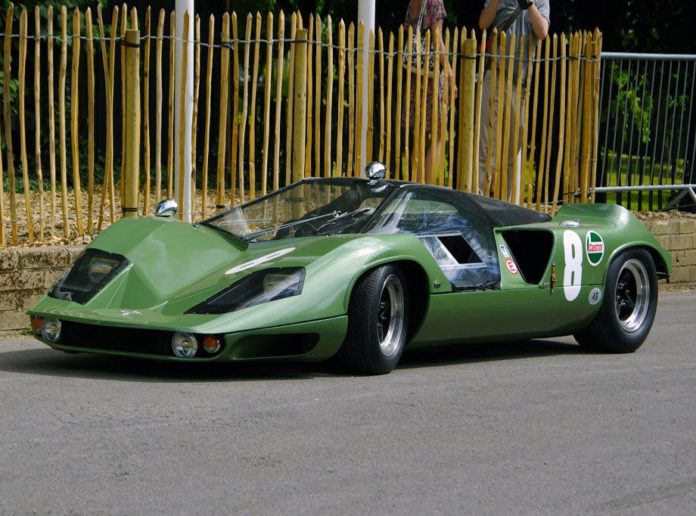
British manufacturer Marcos was famous for sports cars and for making, how shall we put it, visually challenging vehicles. The Marcos Mantis was especially visually challenging and was withdrawn from the market just months after it was launched in 1968. Its last appearance was in the 2008 Festival of Speed.
3. 1958 Zundapp Janus
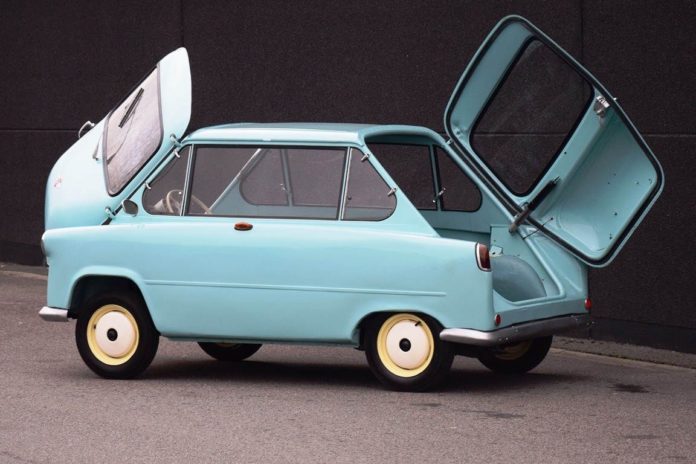
The Germans are known for creating reliable, technologically impressive vehicles. This reputation is based on the many excellent cars produced by the country that we have all heard of. It’s also based on the fact that most of us haven’t heard of the 1958 Zundapp Janus. This German car was odd-looking, uncomfortable, and only capable of reaching 50 miles an hour. No one sane would ask for a car loan to buy this one…
2. 1996 Tiburon
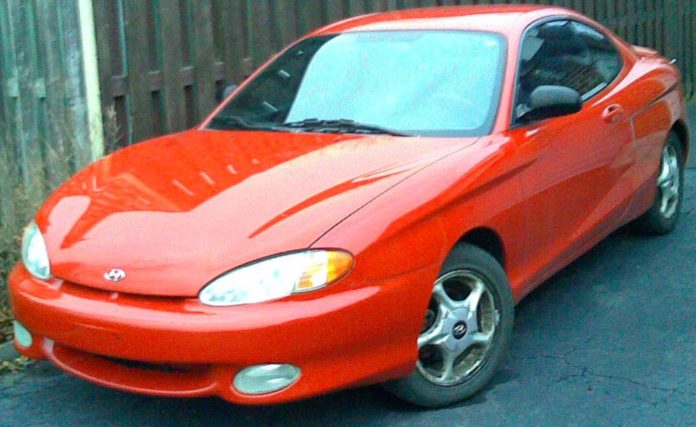
Hyundai’s 1996 Tiburon was a car of many names. People in the US knew it as the Tiburon but people in Europe knew it as the Hyundai Coupe. However, what everyone from everywhere knew was how ugly it was. The word ‘tiburon’ means ‘shark’ in Spanish but there’s nothing sleek or powerful about the look of this vehicle.
1. 1974 Bricklin SV-1
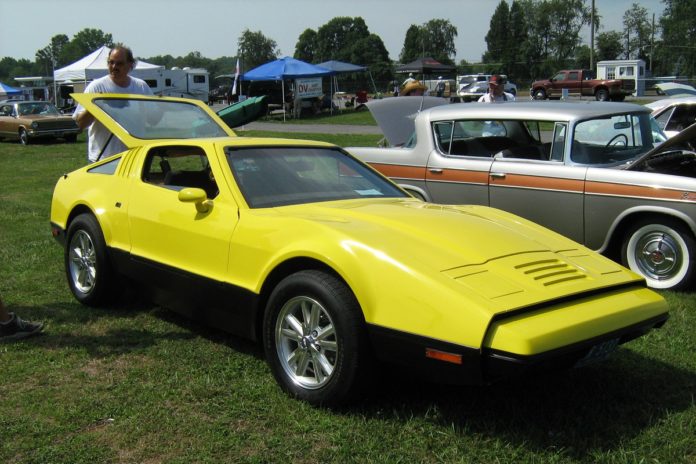
This car’s doors open upwards rather than outwards and even we must admit that that does look cool. Yet, as with so many cars that are the first to try something new, the Bricklin SV-1’s vertically-opening doors are not the best examples of this new design choice. Also, while its makers claimed the car was safe, its body, made mostly of plastic, suggested otherwise. Amazingly, the use of plastic for the car’s exterior didn’t stop it from weighing a ton, meaning that this car satisfied no one.


































